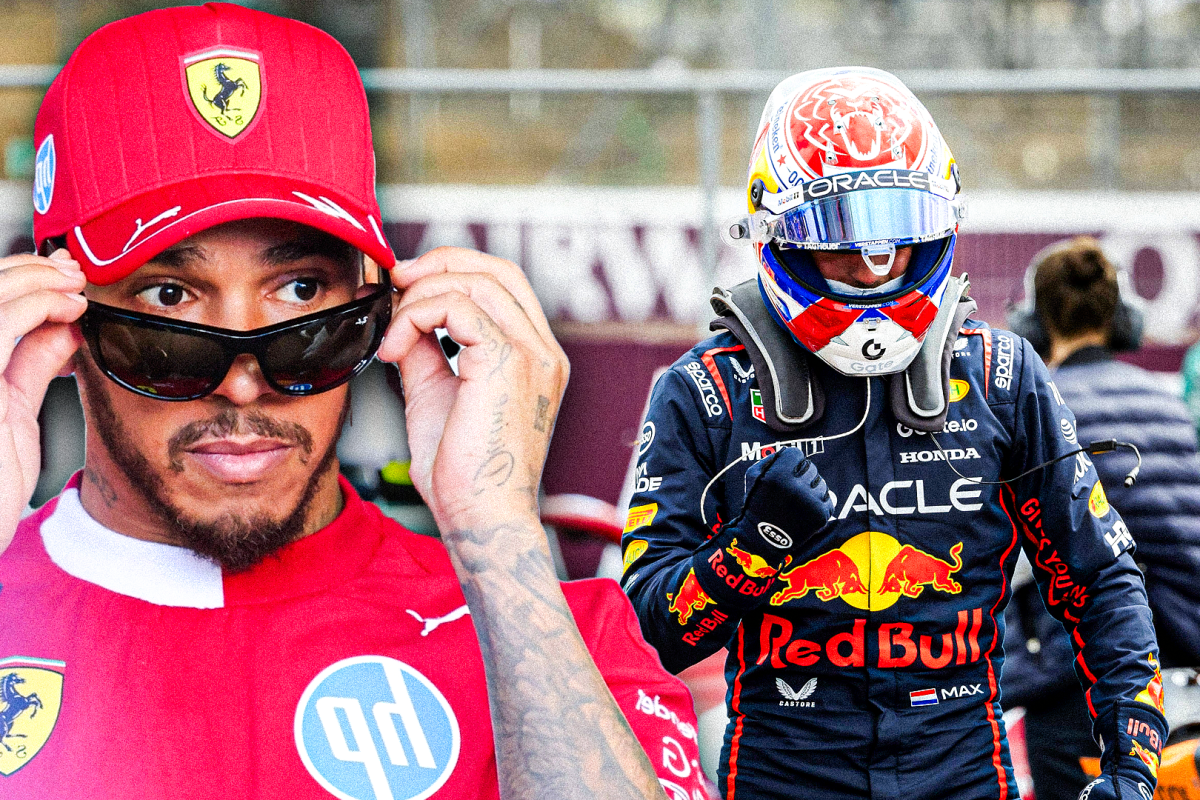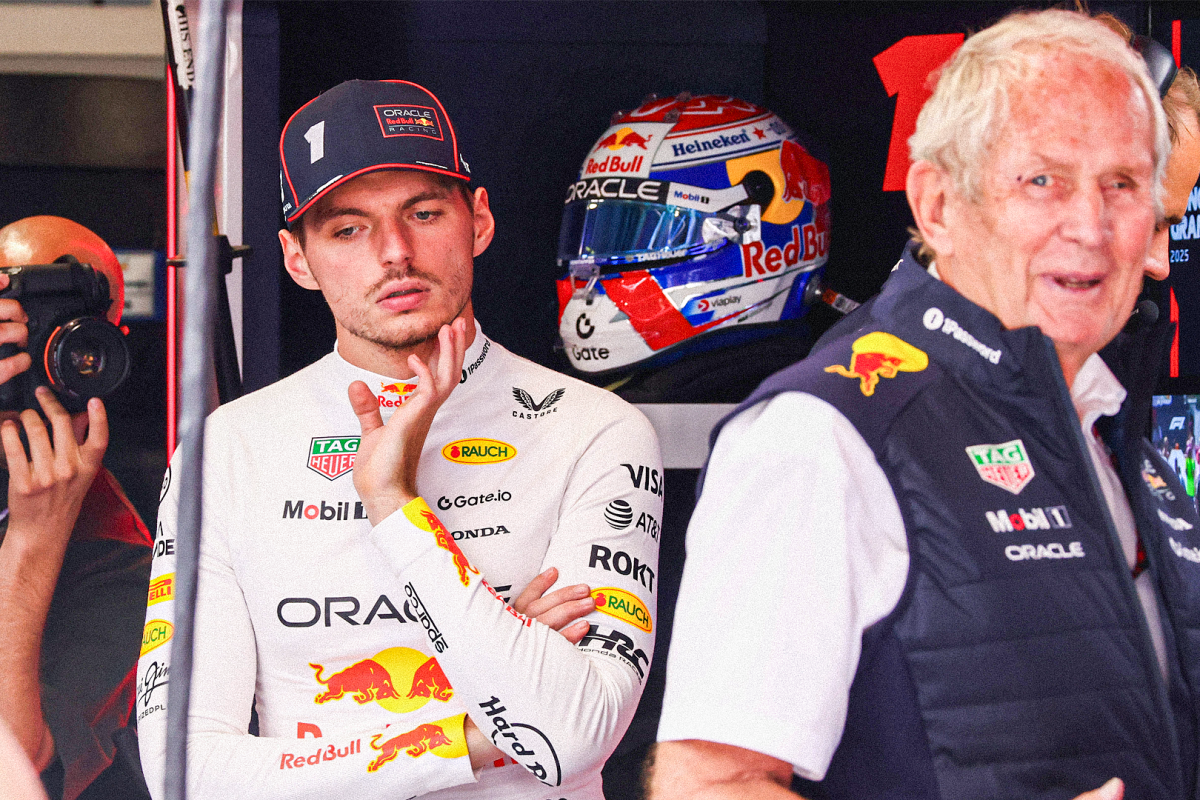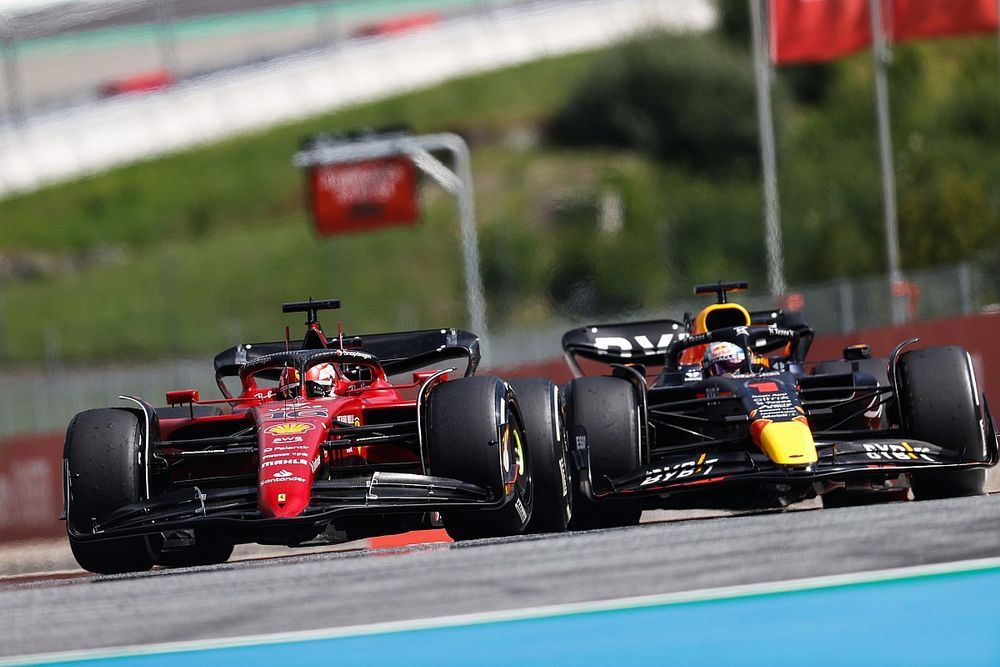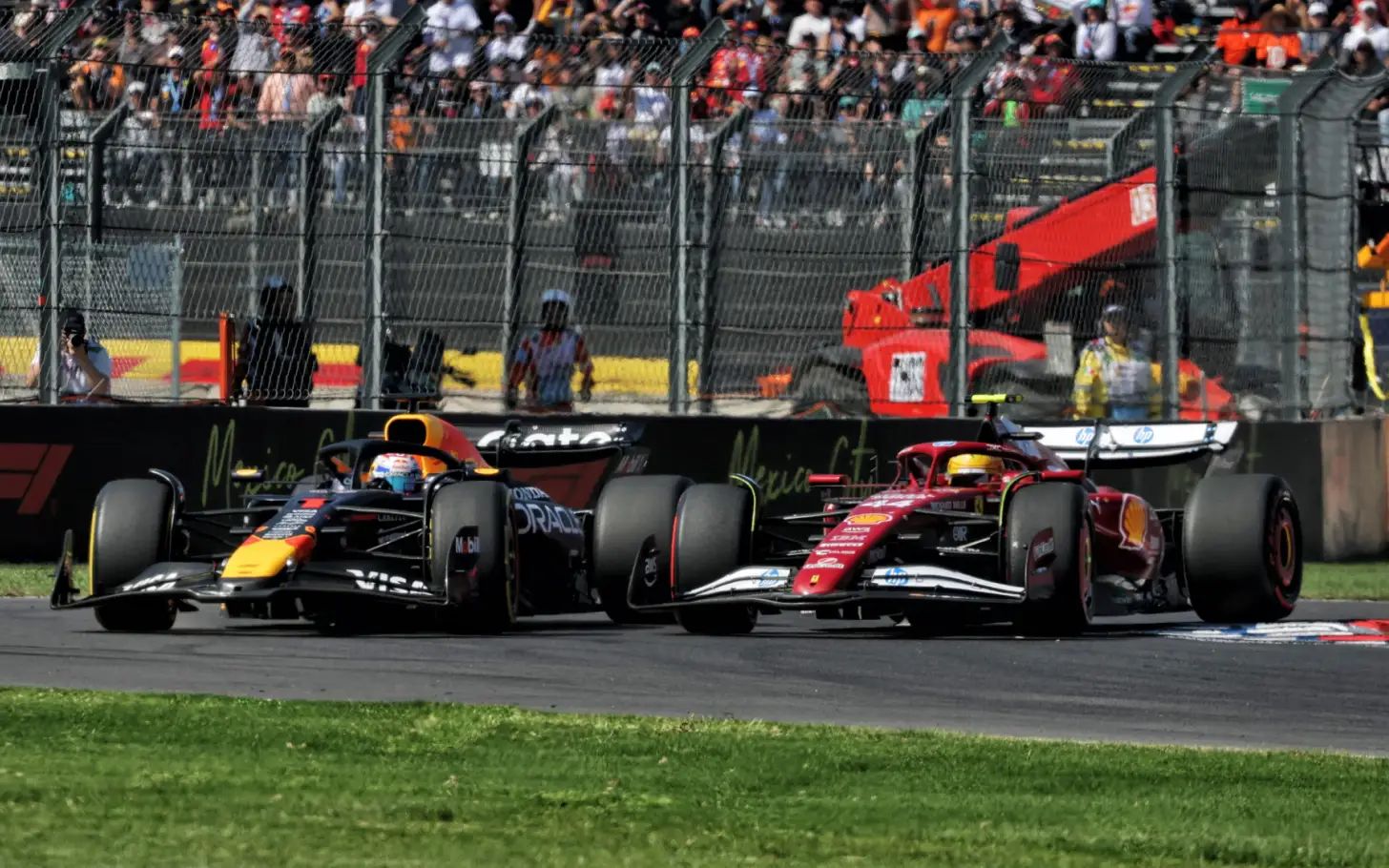F1 star DISQUALIFIED after Bahrain Grand Prix hit by p…..read more
In a dramatic turn of events following the Bahrain Grand Prix, Formula 1 driver Nico Hulkenberg has been disqualified from the race after post-race scrutineering revealed that his car was in violation of a key technical regulation. The German driver, racing for Sauber, was found to have a breach involving the car’s plank wear – a component critical to ensuring adherence to the sport’s regulations around car ride height and safety.
Specifically, the issue was related to the rearmost skid block located underneath Hulkenberg’s Sauber. During the post-race inspection conducted by the FIA, it was discovered that the thickness of the skid was below the minimum required measurement of 9 millimeters. This regulation exists to prevent teams from running their cars too low to the ground, which could offer an aerodynamic advantage and pose safety risks. As a result of this infraction, Hulkenberg’s car was ruled non-compliant, leading to his immediate disqualification from the final results of the race.
Although this disqualification may seem harsh, it did not dramatically impact the final standings of the event, as Hulkenberg had finished in 13th place and was outside of the points-paying positions. Therefore, Sauber did not lose any championship points, and the disqualification was more of a procedural penalty rather than one with significant consequences for the team’s position in the Constructors’ Championship.
This is not the first time a driver has been disqualified for this particular issue. In a previous race, Lewis Hamilton suffered a similar fate at the Chinese Grand Prix when his car was found to have excessive plank wear. However, in Hamilton’s case, the penalty was more detrimental, as it cost valuable points for both himself and the Mercedes team. In contrast, Sauber’s relatively low finish meant that Hulkenberg’s exclusion had minimal competitive impact.
Meanwhile, the Bahrain Grand Prix also saw other drivers receive penalties from the FIA for various infractions. Notably, Jack Doohan received a five-second time penalty after the race. The reason for this penalty was his repeated failure to stay within track limits. According to the stewards, Doohan left the track multiple times without a justifiable reason, an action that violates the FIA’s rules around racing conduct and maintaining a fair competition. This kind of penalty is commonly issued to discourage drivers from gaining an advantage by running off the circuit, especially in high-speed corners.
Additionally, penalties were also issued to Liam Lawson and Carlos Sainz, although the specific nature of their infractions was not elaborated in the immediate post-race reports. These multiple penalties issued by the FIA highlight how stringent race regulations have become, with post-race inspections and stewards’ decisions playing a critical role in upholding fairness and technical compliance in the sport.
The Bahrain Grand Prix, therefore, ended not only with excitement on the track but also with a series of off-track regulatory decisions that reshaped the final classification. These penalties serve as a reminder to all teams and drivers about the importance of adhering strictly to the technical and sporting regulations that govern Formula 1. As the season progresses, teams will undoubtedly be more vigilant in ensuring their cars remain within the permitted boundaries to avoid similar outcomes.




